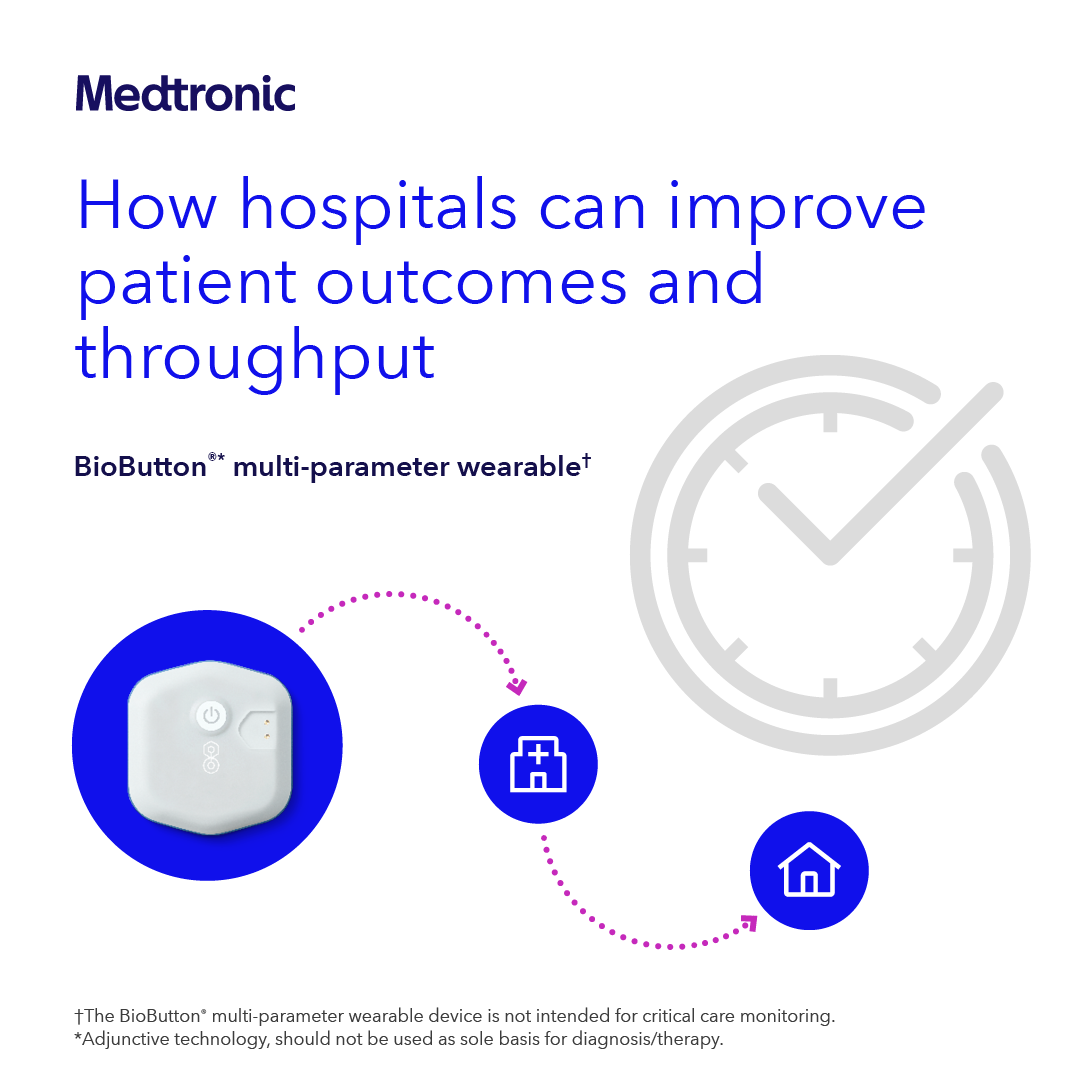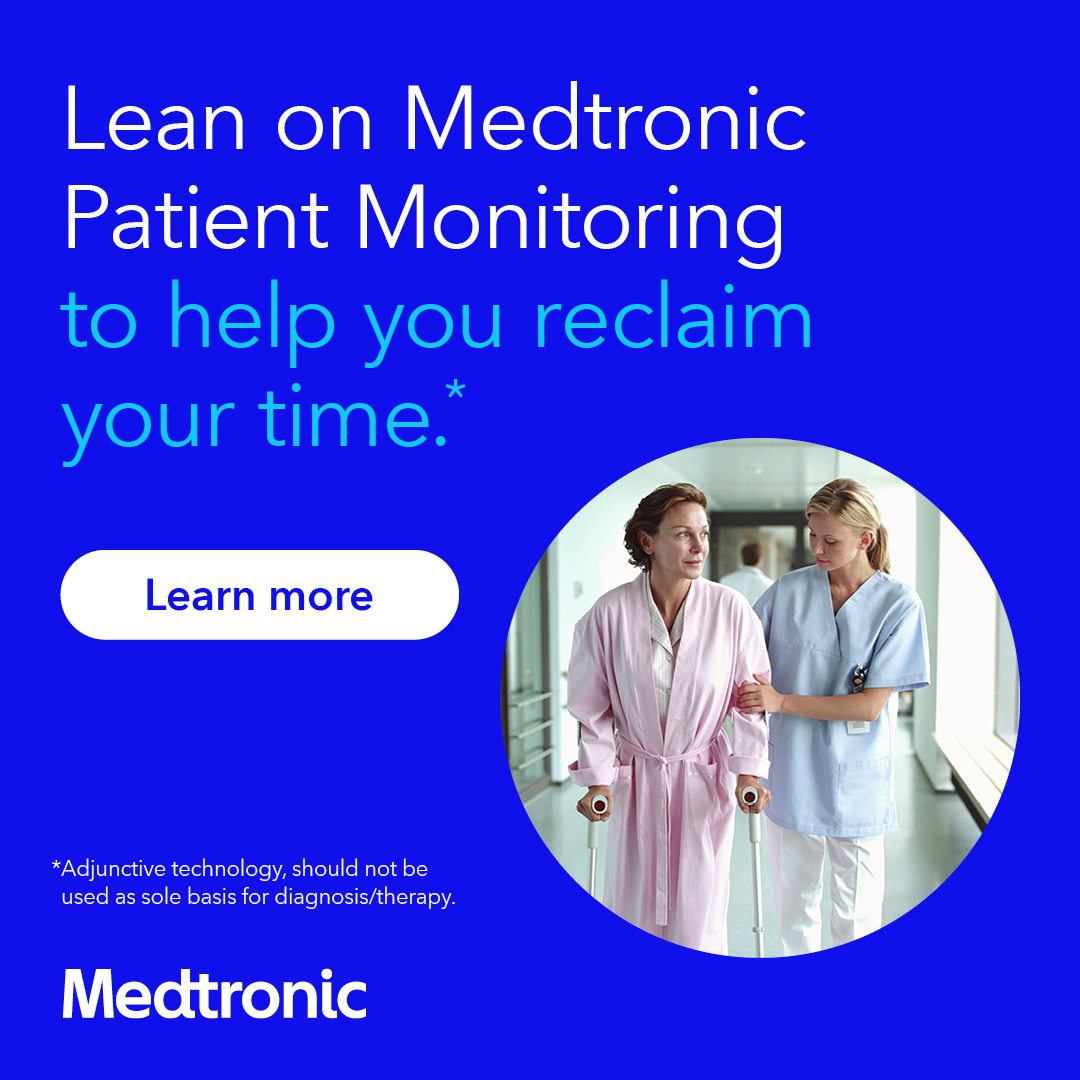Health Literacy
AMSN Position Statement
HEALTH LITERACY
IT IS THE POSITION OF AMSN THAT:
- Health literacy involves a person’s ability to read, hear, analyze, and make decisions about health care.
- Low health literacy is a barrier to effective health maintenance and leads to health disparities.
- The patient has a right to understand information about available choices and the consequences of action or inaction.
- The medical-surgical nurse should assess the patient’s health literacy and implement appropriate health education strategies. Members of the patient’s support system should be included in the assessment and education strategies.
- The medical-surgical nurse should maintain an open learning environment promoting health literacy comprehension and evaluating all learners on a consistent basis.
- Printed patient education materials should be written at the fifth grade level and provided in the patient’s primary language when possible. Alternate media such as compact discs, digital video, online media, and other information technology sources may be utilized accordingly for the patient and members of the support system who have reading difficulty.
OVERVIEW:
According to the Program for the International Assessment of Adult Competencies (2017), 50% of adults have basic or below reading proficiency. The survey also found the United States ranks slightly above the international average, and 22 percentage points below the leading country, Japan.
Expanded literacy skills most specifically related to abilities to understand graphs or other visual information, operate a computer, obtain and apply relevant information, use computer technology and information, and calculate and reason numerically are increasingly needed to understand one’s health status and plan of care both during and after the hospital stay (NNLM.gov, 2020).
RATIONALE:
AMSN recognizes many patients lack the ability to understand written health care instructions and may not have means to access health information. Health literacy is crucial to patient safety and health maintenance.
DEFINITIONS:
Literacy is the ability to read, write, and speak English or language of origin and solve problems at levels necessary to function in jobs and society.
Health literacy is the capacity of an individual to obtain, interpret, and understand basic health information and services, and the competence to use such information and services in ways which are health enhancing.
Low health literacy refers to the condition in which an individual is unable to comprehend health related information or instructions and may fail to make appropriate decisions regarding their care. Low literacy contributes to ineffective health care maintenance.
REFERENCES:
- National Institutes of Health. Making health communication programs work (Pink Book). National Cancer Institute, (n.d.). Retrieved from https://www.cancer.gov/publications/health-communication/pink-book.pdf
- National Network of Libraries of Medicine, (2020). Health Literacy. Retrieved from https://nnlm.gov/initiatives/topics/health-literacy
- Sierra M, Cianelli R (2019). Health Literacy in Relation to Health Outcomes: A Concept Analysis. Nursing Science Quarterly, Sept. 12, 2019. Retrieved from https://journals.sagepub.com/doi/abs/10.1177/0894318419864328
- U.S. Department of Education. Program for the International Assessment of Adult Competencies (PIAAC). National Center for Educational Statistics, 2017. https://nces.ed.gov/surveys/piaac/current_results.asp#international
Updated April 2020




